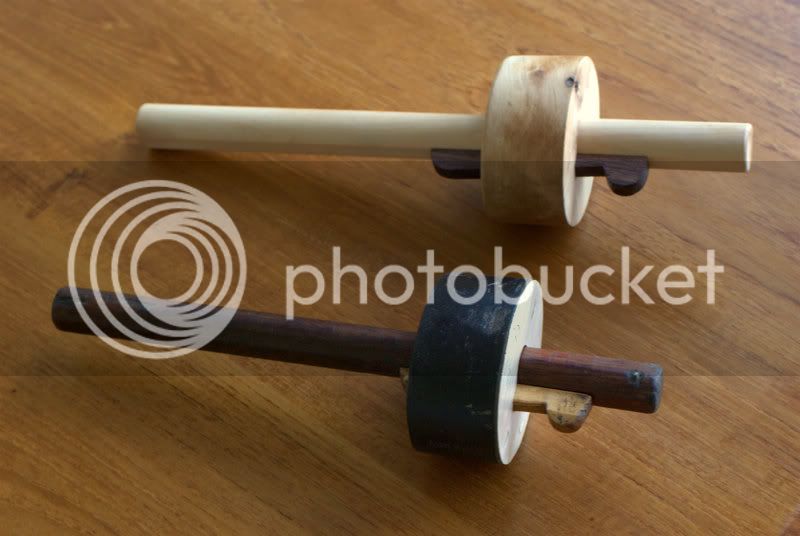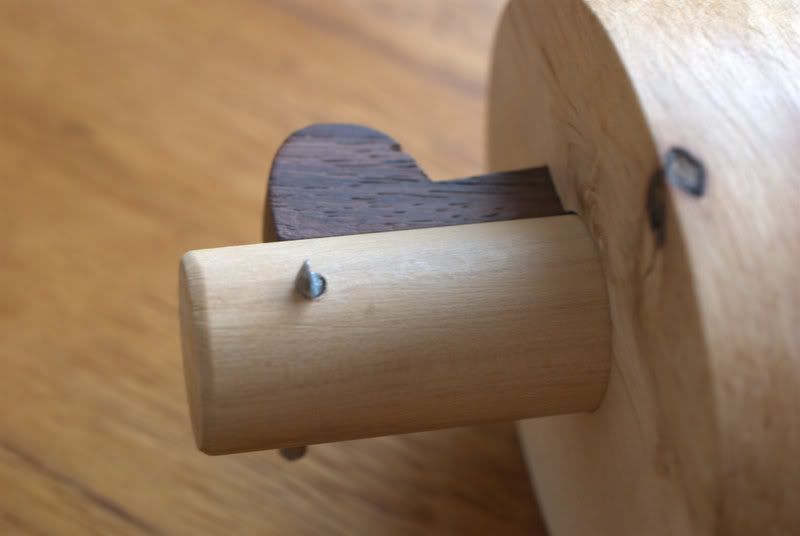barkwindjammer
Established Member
A tip for 'noobs' and oldies 
The simplest solutions are often.....the simplest solutions
The marking gauge is a simple ancient tool, while there are a number of 'refinements' out there-the basic model (pin) when used correctly will render the same end results as the more racier versions. The pin is round and pointy-a perfect shape when you think about it for following grain-the result of using it incorrectly will result in the 'line' tracking the wood fibres-we've all done it and seen the results
The solutions are varied (on price as well as design) :shock:
Some 'solutions' use a blade/cutter to replace the pin, others use a 'wheel'
The simple solution ?, the pin is supposed to be used as a pin, it makes dots.
While marking a mortise or tenon-make a line of dots, set the fence of the tool against the stock then roll it (ever wondered why the fence is of a rounded shape?) to mark the dot-then join the dots up with your wide chisel.
And remember, a marking gauge (one pin-i.e. used for half lap joints) and a mortise gauge (2 pins) are two different tools-marking should always be done off of one 'reference' face of the stock.
The simplest solutions are often.....the simplest solutions
The marking gauge is a simple ancient tool, while there are a number of 'refinements' out there-the basic model (pin) when used correctly will render the same end results as the more racier versions. The pin is round and pointy-a perfect shape when you think about it for following grain-the result of using it incorrectly will result in the 'line' tracking the wood fibres-we've all done it and seen the results
The solutions are varied (on price as well as design) :shock:
Some 'solutions' use a blade/cutter to replace the pin, others use a 'wheel'
The simple solution ?, the pin is supposed to be used as a pin, it makes dots.
While marking a mortise or tenon-make a line of dots, set the fence of the tool against the stock then roll it (ever wondered why the fence is of a rounded shape?) to mark the dot-then join the dots up with your wide chisel.
And remember, a marking gauge (one pin-i.e. used for half lap joints) and a mortise gauge (2 pins) are two different tools-marking should always be done off of one 'reference' face of the stock.


































